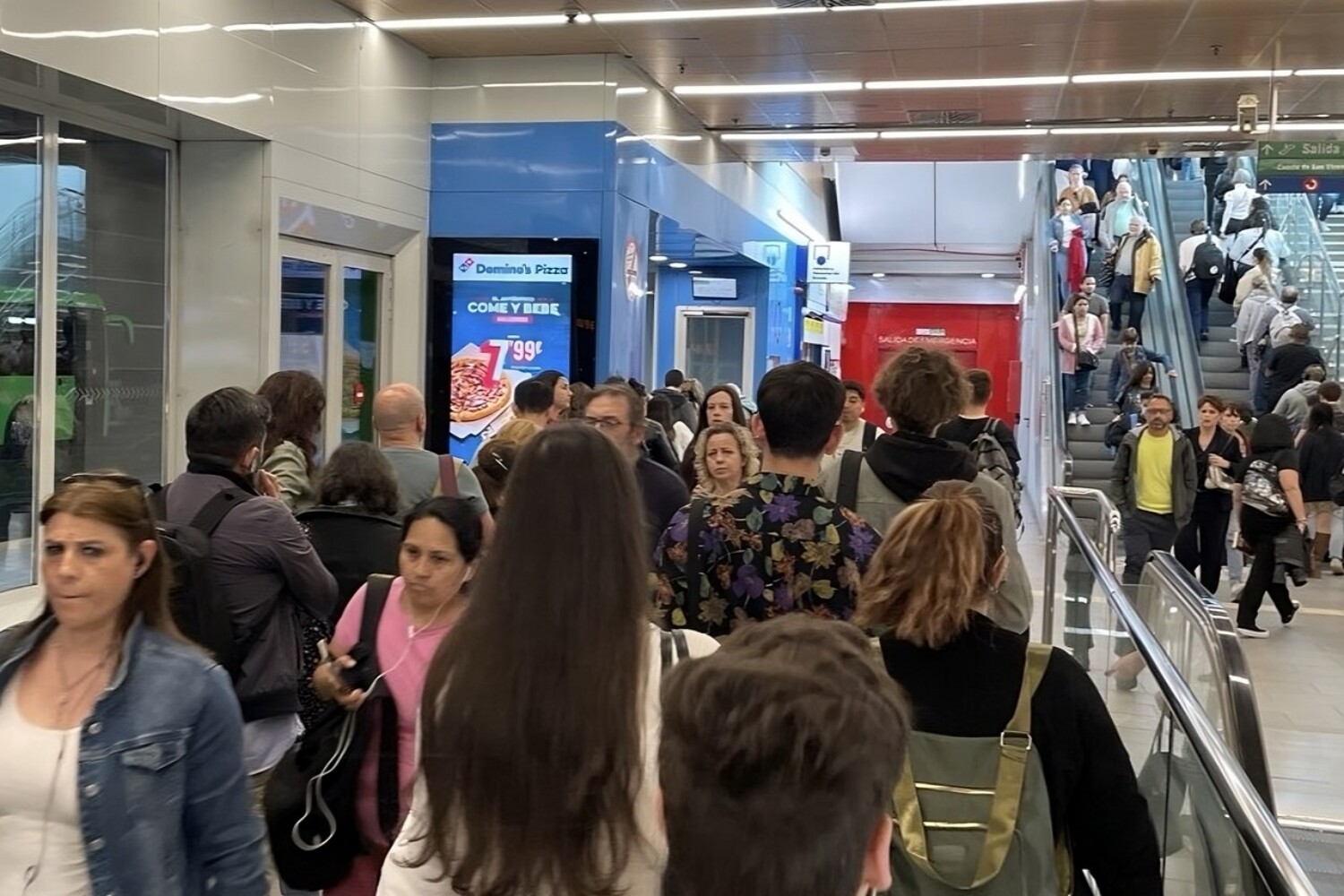The two most popular concepts in marketing in 2024 are programmatic advertising and artificial intelligence. But do you know in detail their implications for outdoor ads?
It might sound cliché to say that the world of marketing and advertising is extremely dynamic. However, the advent of AI and programmatic outdoor buying is not just another turn; it is a paradigm shift.
Intelligent automation is the key.
Several fundamental reasons explain how these technologies are radically changing the way advertising campaigns are planned, executed, and measured:
- Real-time optimization
- Advanced data analysis
- Resource optimization and improved return on investment (ROI)
- Elimination of repetitive tasks and manual negotiations
- Personalized advertising
- Precise campaign measurement
- Decision-making based on Big Data
- New marketing mix opportunities and channel integration
- High level of segmentation
In this article, we analyze how these technologies are revolutionizing the Spanish advertising ecosystem. And specifically, referring to the purchase of outdoor spaces such as bus shelters, large-format screens, and unique large-format digital supports, such as Urban Led large-format digital screens.
Efficiency in programmatic advertising
Programmatic advertising refers to the use of software and algorithms to buy and sell advertising spaces in real time. This automation allows advertisers to acquire ad spaces more efficiently than traditional methods, which often require manual negotiations and agreements.
The efficiency of programmatic buying lies in its ability to process huge volumes of data in real time through demand-side platforms (DSPs), where transactions are managed.
With the integration of AI into these processes, efficiency multiplies. Machine learning algorithms continuously analyze ad performance and automatically adjust strategies to improve results. This real-time adaptability means campaigns are constantly optimized to achieve desired objectives.
Audience segmentation with artificial intelligence
AI can analyze user behaviors and demographic characteristics, creating detailed profiles that allow advertisers to target messages to the most relevant segments.
For example, Clece OOH, an exclusive provider of outdoor advertising in Madrid, collects data from mobile devices near their supports, complying with GDPR regulations, to better understand audiences.
This knowledge translates into more personalized and relevant campaigns, allowing advertisers and agencies to target the right audience for each campaign, increasing engagement and conversion.
Improved return on investment (ROI)
The combination of audience segmentation and efficiency leads to optimized advertising spending. By targeting the right audiences at the right time, advertisers can maximize their budgets, and improve the effectiveness of their ads.
Additionally, AI’s ability to learn and adapt means campaigns continuously improve. As algorithms collect more data and adjust strategies, ad performance tends to enhance, thereby increasing ROI.
Use of Big Data
Big Data plays a crucial role in programmatic advertising and artificial intelligence. The former enables the collection and real-time analysis of large data volumes. The latter detects patterns and insights that provide advertisers with a clear view of what works and what doesn’t, whether concerning audiences, time slots, creatives, or calls to action (CTAs).
In Madrid, the use of Big Data is especially relevant for outdoor advertising. Geographic, weather, and traffic data can significantly influence a campaign’s effectiveness. By integrating this data into their programmatic advertising strategies, brands can optimize the placement and content of their ads to maximize impact.
APPcelerate measurements in transport interchanges (Indoor and Outdoor)
APPcelerate and Clece OOH have joined forces in an innovative project to measure the performance of advertising campaigns in Madrid’s transport interchanges, both indoor and outdoor.
The new solution uses sensors and connected devices to collect real-time data on user behavior, including dwell time, movement routes, and interactions with ads.
In Madrid, transport interchanges are strategic points for outdoor advertising.
All this data is processed using state-of-the-art AI applications, enabling advertisers to obtain valuable insights to adjust and improve their strategies and maximize revenue from their campaigns.
Future innovations in programmatic advertising and AI
The future of programmatic advertising and artificial intelligence is promising. As technologies advance, new opportunities and challenges emerge for marketing professionals. Some emerging trends we can anticipate are:
- Predictive advertising, using AI to predict consumer behavior and adjust campaigns accordingly
- Integration of immersive experiences in advertising campaigns to increase engagement
- Automation of content, personalized in real-time and based on user behavior and preferences
In Madrid, one of the most prominent players in this revolution combining programmatic advertising and artificial intelligence is Clece OOH. The application of these tools in the outdoor environment, particularly in transport interchanges, provides a significant competitive advantage over conventional advertising strategies.
In light of such a paradigm shift, brands that adopt these technologies early on will be better positioned to achieve their objectives and stand out in an increasingly saturated market.




